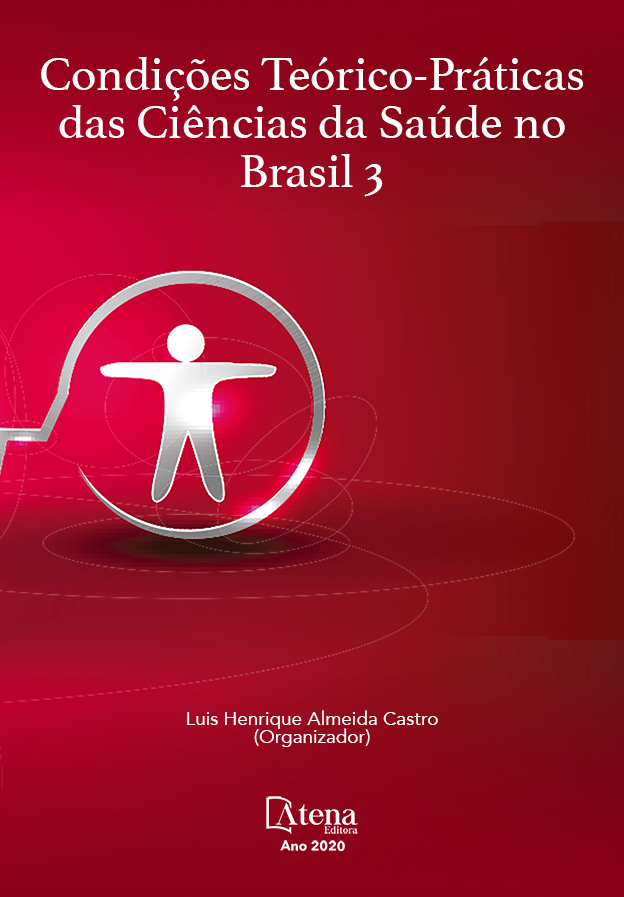
FOTOEXPOSIÇÃO: EFEITOS DO USO DO LASER DE BAIXA FREQUÊNCIA EM TECIDOS E LINHAGENS DE FIBROBLASTOS (UMA MINIREVISÃO)
A fotoexposição possui registro literário há quase duas décadas sendo amplamente utilizada para aumentar a síntese de colágeno e gerar neovascularização, porém, os estudos sobre as doses de radiação ainda são incipientes, visto que a investigação dos benefícios ou prejuízos decorrentes da incidência do laser nos tecidos são dose-dependentes e a literatura é controversa. Por ser o fibroblasto a principal célula da pele e o principal formador da matriz que compõe os tecidos, esta revisão busca analisar a produção científica envolvendo a aplicação do laser de baixa frequência associado ao fibroblasto. Foi realizada busca envolvendo três bases de dados científicas utilizando os termos "Low level laser therapy" seguidos de "fibroblast" no período de novembro de 2012 a agosto de 2018. Foram definidos critérios específicos para inclusão e exclusão dos estudos localizados e os selecionados foram posteriormente submetidos a subcritérios de qualificação sendo divididos em grupos de acordo com a área temática, a saber: celular (A), celular/bucal (B) e in vivo (C). Assim, foi observado que o uso do laser é capaz de modular as células alterando a expressão de diversos genes, atuando na viabilidade, proliferação, apoptose e cascata inflamatória celular. A fotoexposição nem sempre aumenta a viabilidade celular. Muitos estudos têm sido utilizados na área odontológica com o objetivo de controlar infecções ou gerar uma rápida reparação tecidual. Sugere-se que a fotoexposição em fibroblastos tem efeitos regenerativos, embora os efeitos adversos sejam mascarados. Estudos que relacionam a fotoexposição com a senescência celular precoce são sugeridos.
FOTOEXPOSIÇÃO: EFEITOS DO USO DO LASER DE BAIXA FREQUÊNCIA EM TECIDOS E LINHAGENS DE FIBROBLASTOS (UMA MINIREVISÃO)
-
DOI: 10.22533/at.ed.39320031213
-
Palavras-chave: Viabilidade celular. Citotoxicidade. Estresse oxidativo. Inflamação
-
Keywords: Cellular viability. Cytotoxicity. Oxidative Stress. Inflammation
-
Abstract:
Photoexposure has a literary record for almost two decades being widely used to increase collagen synthesis and to generate neovascularization, however, studies on radiation doses are still incipient, since the investigation of the benefits or damages resulting from the incidence of laser on the tissues are dose dependent and the literature is controversial. Since the fibroblast is the major cell of the skin and the main former of the matrix that makes up the tissues, this review seeks to analyze the scientific production involving the application of low frequency laser associated to the fibroblast. A search involving three scientific databases was performed using the terms "low level laser therapy" followed by "fibroblast" in the period of November 2012 to august 2018. Specific criteria for inclusion and exclusion of the localized studies were defined, and the selected ones were subsequently submitted to qualification sub-criteria and divided in groups according to thematic area, specifically: cellular (A), cellular/buccal (B) and in vivo (C). Thus, it was observed that the use of lasers is able to modulate the cells altering the expression of several genes, acting on the viability, proliferation, apoptosis and cellular inflammatory cascade. Photoexposure does not always increase cell viability. Many studies have been used in the dentistry area in order to control infections or generate rapid tissue repair. It is sugested that photoexposure in fibroblasts has regenerative effects, although the adverse effects are masked. Studies that relate photoexposure with early cellular senescence are suggested.
-
Número de páginas: 16
- ISABEL ROGGIA
- MARTA MARIA MEDEIROS FRESCURA DUARTE
- DAÍSE RAQUEL MALDANER
- DANIELI MONTEIRO PILLAR
- BÁRBARA OSMARIN TURRA
- Fernanda Barbisan
- Ivana Beatrice Mânica da Cruz
- MARGRID BEUTER
- MELISSA GEWEHR
- MOISÉS HENRIQUE MASTELLA


